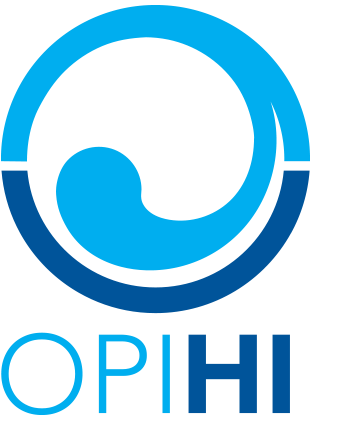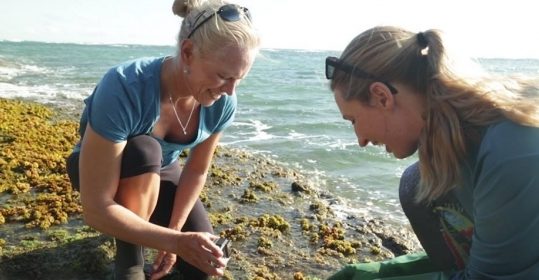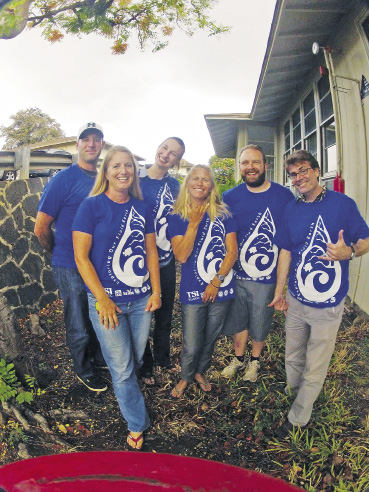OPIHI is a citizen science program where secondary school students monitor rocky intertidal areas in Hawai‘i. The program, named after a culturally important limpet (Cellana spp.), was formed in an effort to describe ecological patterns, inform conservation efforts, and engage students in science (Baumgartner & Zabin, 2008, Baumgartner, Zabin, Philippoff, Cox, & Knope, 2009). OPIHI students learn marine ecology conservation and are trained in field methodology, species identification, and sampling techniques (OPIHI methods, activities, and protocols; Baumgartner & Zabin, 2008 and Cox, Philippoff, Baumgartner, Zabin, & Smith, 2013). OPIHI provides opportunities for safe marine field-based experiences; in accordance with DOE rules, students do not get wet above the knees.
Students who take part in OPIHI are empowered by the realization that they are capable of doing science. OPIHI has a documented record of improving students’ content and skills knowledge and providing quality scientific data. Participating students showed significant increases in critical thinking and investigative skills, demonstrated increased knowledge of ecological concepts, became more aware of conservation issues, and had an overwhelmingly positive response to the project (Baumgartner & Zabin, 2008, Baumgartner et al., 2009). From 2004–2007, students at 8 schools monitored 13 intertidal sites (access to data available at http://hdl.handle.net/10524/12259). OPIHI student data resulted in the first description of community-level patterns at multiple intertidal sites across the Hawaiian Islands (Cox et al., 2013) and represented the first broad-based look at O‘ahu intertidal richness, including documentation of endemic and introduced species (Zabin et al., 2012).
 Purpose of project
Purpose of project







